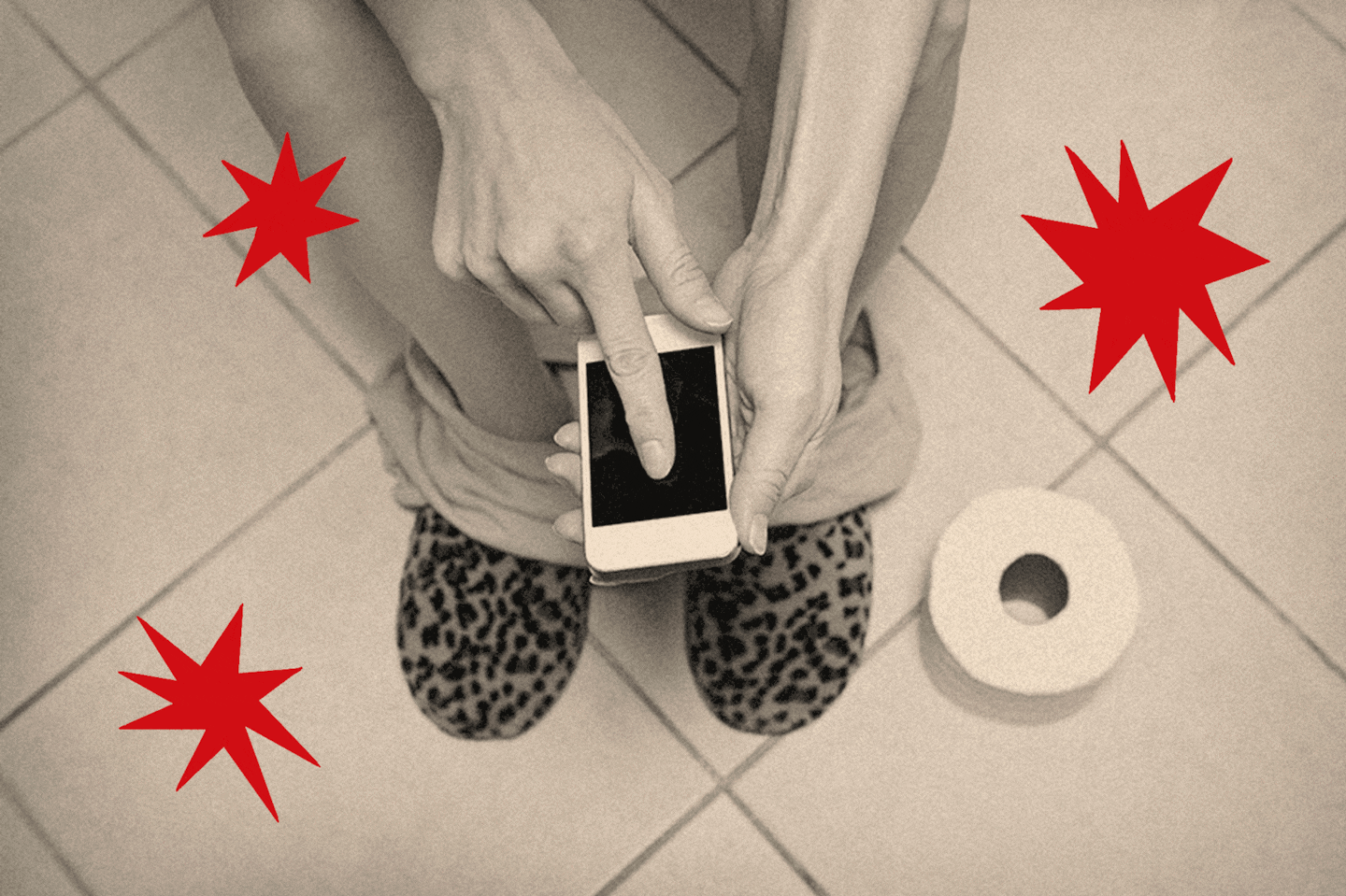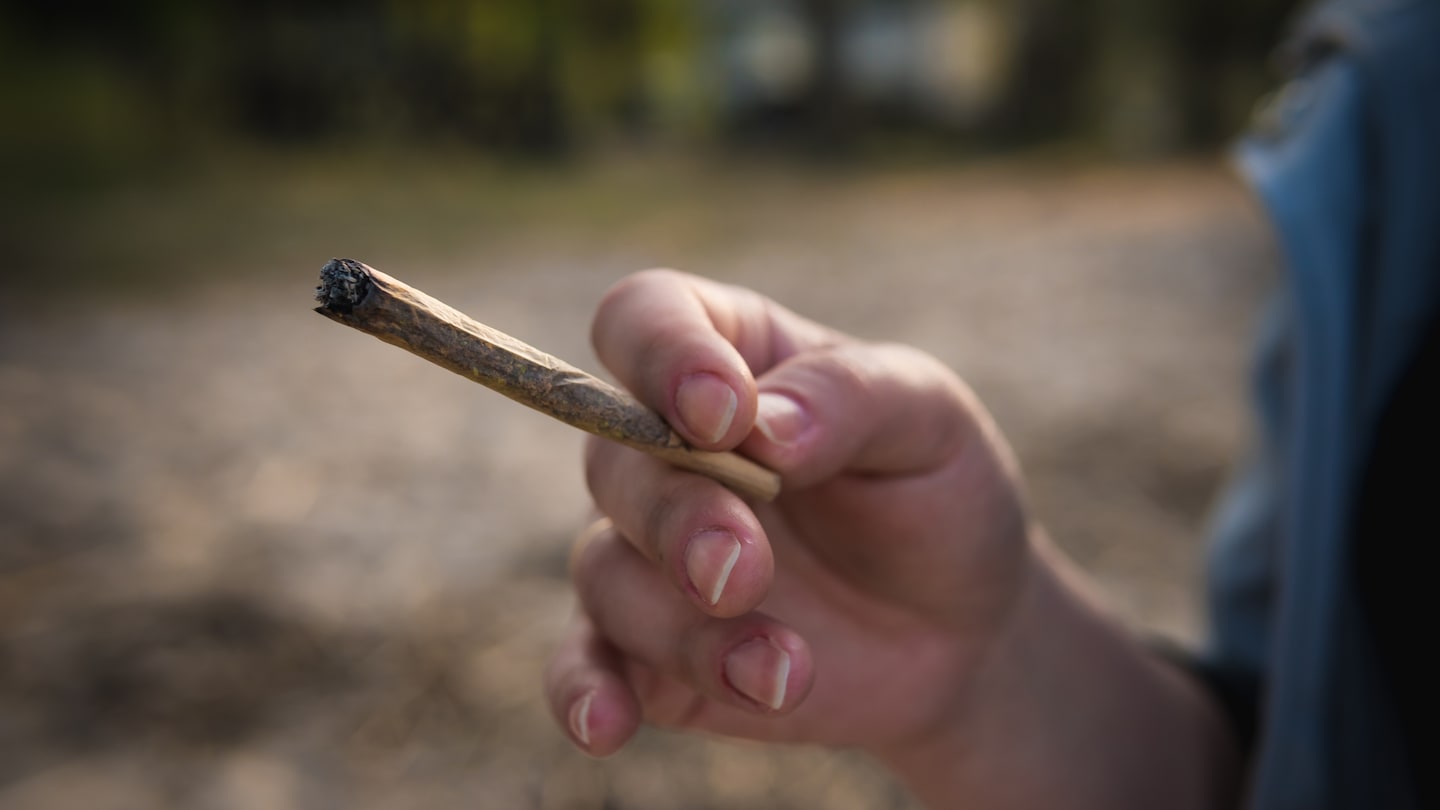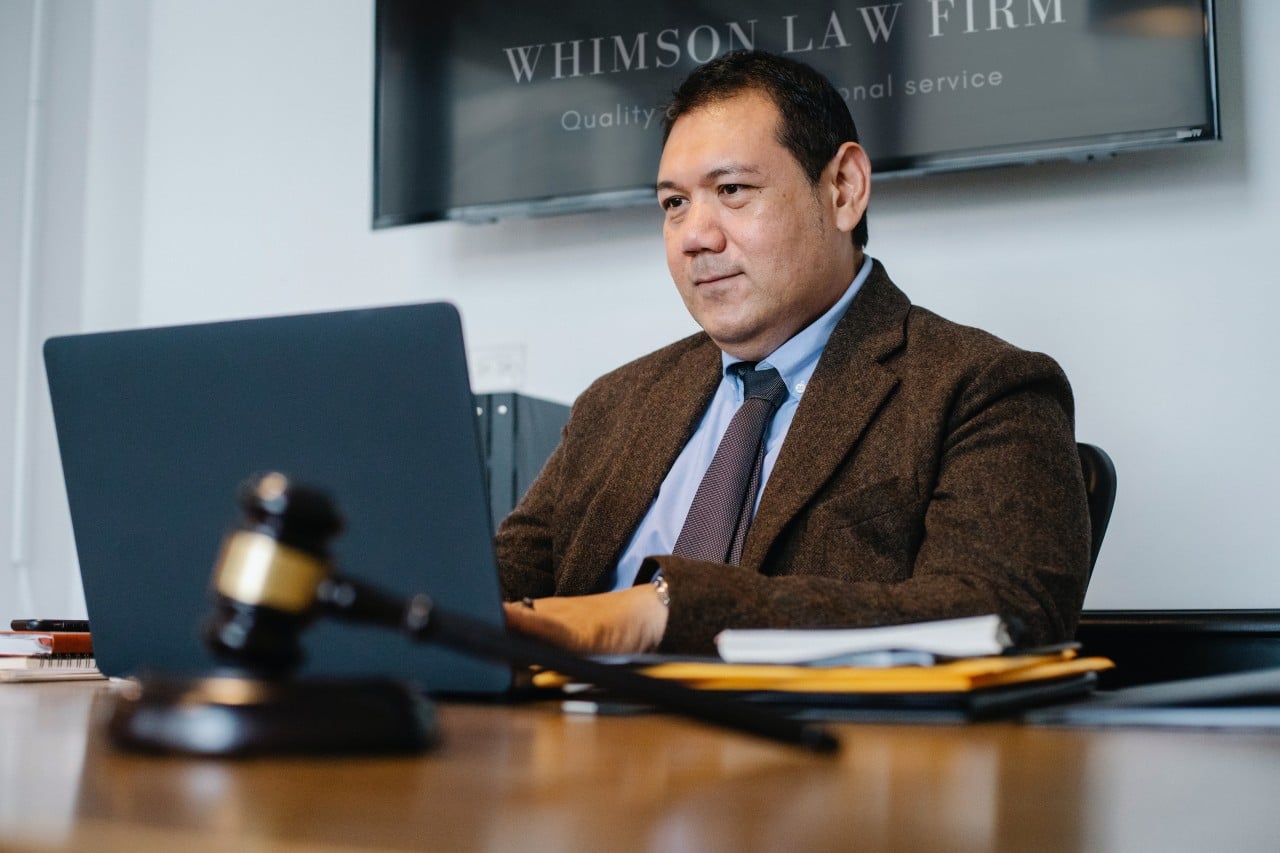
They never get any credit, but hemorrhoids are kind of the MVPs of that area: The cushions help buttress the anal canal from accidental leakage. Ever wondered how your body knows the difference between gas, solid or liquid? Scientists think it’s those sensitive hemorrhoids that can detect when it’s safe to give your flatus the all-clear.
But those veins can become engorged, and the tissue holding them in their rightful place can weaken. When this happens, we notice our hemorrhoids, and that’s when we call them a problem. Symptoms can include itching, bleeding, a sense of fullness, an uncomfortable lump, inadvertent soiling and pain.
Decades ago, doctors thought constipation and a low-fiber diet were the prime reasons people got symptomatic hemorrhoids. But studies over the years have not proved this consistently. And a high-fiber diet doesn’t clearly lower the risk of developing engorged hemorrhoids — though it is recommended as treatment. Meta-analyses have shown that increased fiber can improve hemorrhoid symptoms once you have them.
Today, we think symptomatic hemorrhoids can be related to these factors — but it’s a more complex relationship. They are more likely a result of straining and hard stools (which can certainly occur with constipation, though not always).
Sitting and pushing for prolonged periods of time — which tends to happen while scrolling through social media on the commode — can compromise the supportive tissue in our anal canals. While I think smartphones have aggravated this issue, our pre-TikTok ancestors were not immune: A 1989 study published in the Lancet found that those with hemorrhoids spent more time reading on the toilet than those without hemorrhoids.
This is why I frequently remind my patients that they have one job, and one job only, when they take a seat.
If your diet is rich in fiber but you’re still straining, talk to a gastroenterologist to help address why — there may be an issue with the pelvic floor muscles that could be improved with physical therapy.
What is the fastest way to heal a hemorrhoid?
Swollen hemorrhoids usually resolve on their own within a few days. Just like with a cold, the key things are to control your symptoms and support your body during that time. The data on most over-the-counter remedies is overall fairly weak, so I’d steer clear of any products with ingredients you’ve never heard of promising a quick fix.
Here’s what I tell my patients to do immediately when they are experiencing pain from hemorrhoids:
- Start taking extra fiber. Fiber supplements like psyllium husk cut the risk of hemorrhoidal bleeding by half. They usually come as a powder or capsule. A typical dose is anywhere from 10 grams to as high as 30 grams daily (often divided into a morning and evening dose). I find the powder easier for my patients to adjust on their own — see what effect a lower dose has on your stools and go up from there.
- Use a bidet. If you don’t own one, use wet wipes instead of toilet paper. These are gentler on the anal region and less irritating.
- Try a topical cream with hydrocortisone twice a day, but don’t use it for longer than one week. These creams are sold at any pharmacy and might relieve itching. But steroids like hydrocortisone can also weaken the fragile tissue around your anus, so they should be stopped after a week.
- Take a sitz bath. A sitz bath is nothing fancy — it’s a term derived from the German Sitzbad, denoting a bath in which you sit. You can buy a portable bowl that nestles on your toilet seat or just have a seat in your bathtub for around 10 minutes. The warm water can decrease pressure in your anal canal and reduce inflammation. I tell my patients to try to do them two or three times a day.
- Call your doctor if you have a painful thrombosed hemorrhoid. When hemorrhoids transform from mildly irritating to a burning ring of fire, chances are they’ve thrombosed, or become filled with a blood clot. While these do resolve on their own, if the pain is excruciating, getting a quick procedure can resolve the symptoms in a hurry. You want to act fast, though. After 72 hours, there’s less of a benefit to intervening.
How do I know what kind of hemorrhoid I have?
Is your hemorrhoid internal (arising from inside the anal canal) or external (arising around the rim of the anus)? External hemorrhoids are often more bothersome, especially when you’re sitting, while internal hemorrhoids are usually painless but can bleed a lot.
Sometimes the tissue tethering internal hemorrhoids can become so weak that they flop out of the anal canal. These prolapsed hemorrhoids might emerge to say hello only while straining during a bowel movement and then retreat upward on their own. Other times, people might have to gently push them back up the canal manually.
Do hemorrhoids ever stop coming back?
Once you have engorged hemorrhoids, it’s common to find they keep coming back. The odds of them haunting you depend on ongoing risk factors (are you still tweeting from the toilet?), the type of hemorrhoid and how you treated it. For example, people who get surgery for thrombosed external hemorrhoids have a much lower chance of them returning (about 6 percent) than those who don’t (about 25 percent).
After a hemorrhoid resolves, it leaves you a little memento of your time together: a flap of tissue called a skin tag. These are harmless but can be difficult to clean. Skin tags are easily irritated when rubbed by toilet paper or when they come in contact with fecal matter — yet another reason to join #teambidet.
What procedures are done to treat hemorrhoids?
If your hemorrhoids aren’t improving, talk to your provider about a possible procedure. Certain aspects of how we intervene upon hemorrhoids haven’t changed in over two millennia. Greek physician Hippocrates wrote a treatise on hemorrhoids around the 4th century B.C. describing rudimentary forms of surgical and ligation techniques that we pretty much still use today. For instance, many prolapsed internal hemorrhoids do well with a simple outpatient technique called rubber-band ligation that doesn’t involve surgery.
If you’re on a blood thinner, your doctor might recommend sclerotherapy, a quick outpatient procedure involving injection of a chemical solution into the base of the hemorrhoid that causes it to shrivel. Other interventions can be more complex and involve anesthesia, such as hemorrhoidectomy for severe prolapsed hemorrhoids.
What I want my patients to know
It’s hard to put a precise number on how many Americans suffer from symptomatic hemorrhoids, but it’s likely at least 10 million, most of them men and women ages 45 to 65. Some studies have observed that hemorrhoids are more common among pregnant and postpartum women, although it’s unclear whether this is due to hormonal changes or other factors. During colorectal cancer screening colonoscopies, gastroenterologists like myself find them in about 1 in 3 patients.
But tumors, anal fissures and even abscesses can mimic hemorrhoid symptoms. If you’re experiencing rectal bleeding, talk to your physician. They can do a physical exam to ensure an accurate diagnosis and may advise a colonoscopy to make sure we’re not missing something more worrisome.





